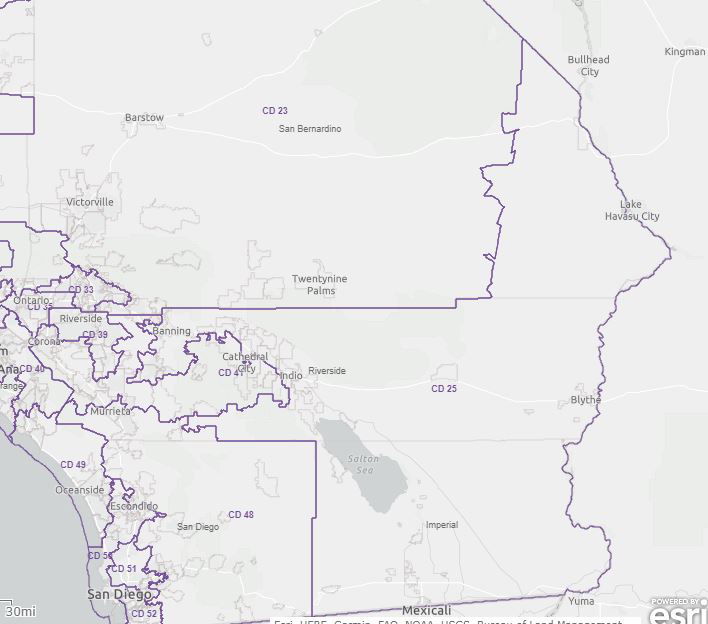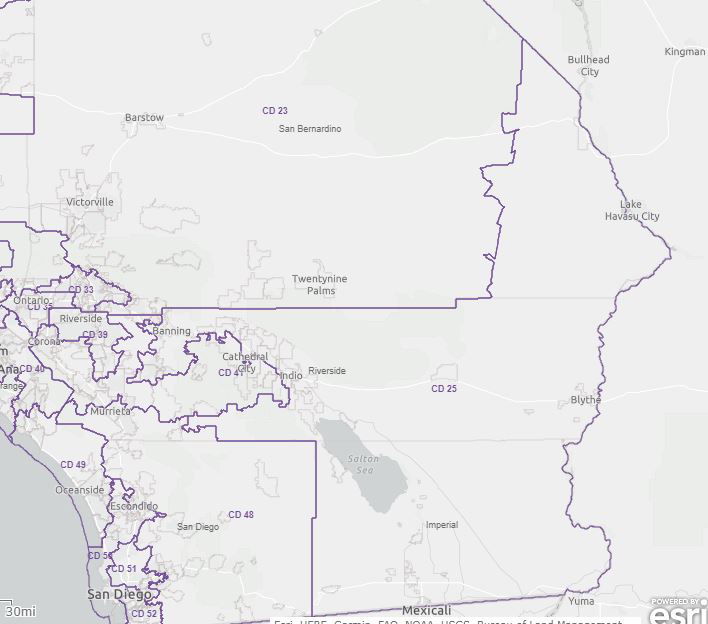Final maps for CA Congressional, Senate, Assembly, & BOE districts released

The 2020 California Citizens Redistricting Commission (Commission) completed and approved final maps for the state’s Congressional, Senate, Assembly, and Board of Equalization districts.
“We have reached the finish line for the people’s redistricting process in California. When voters approved the Voters FIRST Act, it created a monumental shift in this decennial process,” stated Commission Chair Alicia Fernandez. “As Californians, my colleagues on this Commission and I answered the call to serve for this great state we honor and love. We conclude our map drawing responsibilities with pride in our final product. We started this process leaving politics out of the equation in hopes of achieving fairer and more equitable maps. I think I speak for my colleagues when I say mission accomplished! Thank you to all that participated in this process.”
The Commission drew 4 Board of Equalization districts, 52 Congressional districts, 40 Senatorial districts, and 80 Assembly districts. All districts were drawn within the permissible population deviation.
The final map will notably split the Coachella Valley into two separate Congressional districts. The 42nd District that encompasses the entire Coachella Valley will now be split, with the east valley heading into a different district.
Last week, Congressman Dr. Raul Ruiz of the 42nd district, announced live on News Channel 3 that he would run in the newly drawn 25th congressional district. This district will include the eastern Coachella Valley, all of Imperial County, and parts of San Bernardino County.
Palm Springs, Palm Desert, Indian Wells, La Quinta, and Rancho Mirage will be part of the new 41st Congressional District, which is currently represented by Republican Rep. Ken Calvert.

Check Out the Interactive Map of New Districts
In accordance with the California Constitution, the Commission followed these criteria, in this order, to draw district maps:
- Districts must be of equal population to comply with the U.S. Constitution.
- Districts must comply with the Voting Rights Act to ensure that minorities have an equal opportunity to elect representatives of their choice.
- Districts must be drawn contiguously, so that all parts of the district are connected to each other.
- Districts must minimize the division of cities, counties, neighborhoods and communities of interest to the extent possible.
- Districts should be geographically compact: such that nearby areas of population are not bypassed for a more distant population. This requirement refers to density, not shape. Census blocks cannot be split.
- Where practicable each Senate District should be comprised of two complete and adjacent Assembly Districts, and Board of Equalization districts should be comprised of 10 complete and adjacent State Senate Districts.
In addition, the place of residence of any incumbent or political candidate may not be considered in the creation of a map, and districts may not be drawn for the purpose of favoring or discriminating against an incumbent, political candidate, or political party.
Every 10 years, after the federal government publishes updated census information, California must redraw the boundaries of its electoral districts so that the state’s population is evenly allocated among the new districts.
In 2008, California voters passed the Voters First Act, authorizing the creation of the independent California Citizens Redistricting Commission to draw new State Senate, State Assembly, and State Board of Equalization district lines. In 2010, the Voters First Act for Congress gave the Commission the responsibility of drawing new Congressional districts following every census.
For more information, visit www.WeDrawTheLinesCA.org.



